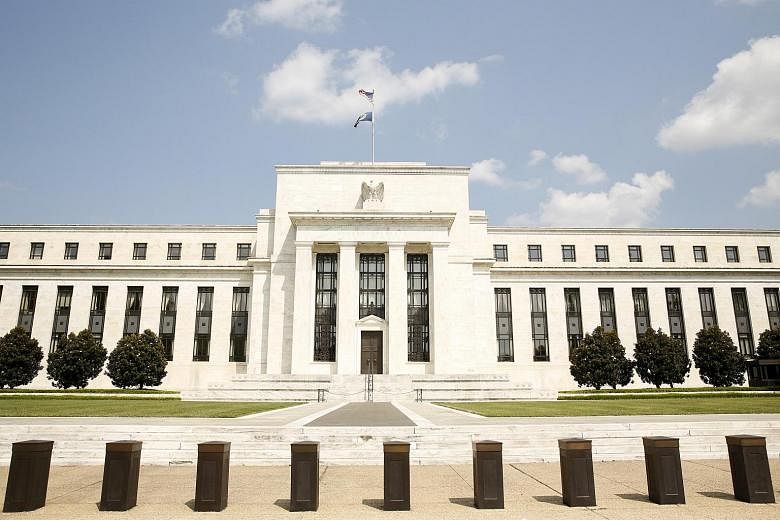After keeping markets on the edge of their seats for the better part of the year, the United States Federal Reserve has signalled that it is finally prepared, rather belatedly, to lift interest rates for the first time in 10 years.
In its November meeting minutes released last week, the US central bank hinted, in its strongest language yet, that it is prepared to hike rates next month.
"Some participants thought that the conditions for beginning the policy normalisation process had already been met," the minutes of the meeting said.
Fed members also noted that the key obstacle that had prevented them from raising rates earlier - the volatility in financial markets in August - had abated, thus removing worries over whether a rate hike would have had systemic effects on the markets.
That the rate hike should happen is of no real surprise, and many analysts take it as a given that rates will rise next month.
The US labour market has been steadily improving over the past 18 months. Last month, a sharp rise in US payrolls brought unemployment close to 5 per cent, a rate that many economists consider to be the natural unemployment rate in the US.
Jobless claims have also bottomed out to the lowest level in four decades, suggesting that people who are looking for jobs can get them.
At the same time, the tremors from the sharp devaluation of the Chinese yuan have largely disappeared, without causing lasting damage to the global financial system.
"Now that the Federal Open Market Committee (FOMC) has settled the question about timing, the new parlour game for financial markets will be about the slope of the trajectory of the rate increases," Citigroup chief economist William Lee wrote in a report.
So, how will this parlour game play out? Rather slowly, one could wager, based on several observations.
The first sign that the rate hikes in the next year or two could be slow and shallow, is simply, the state of the US economy.
Over the past 20 years, the Fed has raised rates three separate times - in 1994, 1999 and 2004.
In 1994, US economic growth was 2.6 per cent, while in 1999, the US was growing at a rate of 4.8 per cent, and 4.4 per cent in 2004.
Currently, the growth rate is about 2.7 per cent - much lower than the previous two occasions, and nearly on a par with 1994.
Manufacturing today is also weaker than it has been in the past three instances. The US Institute for Supply Management (ISM) index now stands at 51.1, just above 50, which indicates an expansion.
Data compiled by fund manager Fidelity International showed that in 1994, the US ISM index was 56, in 1999, it stood at 52.3, and in 2004, it was 61.4.
Simply put, the US economy is not in the pink of health and raising rates at this time has risks the Fed will be careful to watch.
Second, the US is the only developed economy whose central bank is tightening monetary policy now.
The Bank of Japan remains committed to Abenomics and has embarked on its own version of quantitative easing to pump prime the economy and raise inflation rates.
Similarly, the European Central Bank and People's Bank of China have both made moves to reduce interest rates or pump more liquidity into the system.
It is a similar situation in emerging markets, which have seen central banks from Indonesia to Brazil pulling back from tightening monetary policy because of growth concerns.
This means that any move by the Fed to raise rates will see a much stronger US dollar, which will, in turn, hurt US exports and the competitiveness of their multinational corporations.
Higher US interest rates will attract further fund flows from overseas, increasing demand for the greenback and pushing the currency higher.
As it is, the US dollar has already risen by more than 10 per cent against the euro, and 3 per cent against the Japanese yen over the past year. The stronger US dollar is equivalent to two or three rate hikes, said Fidelity International global economist Anna Stupnytska. "There is a ceiling on how much more it can raise rates because of the appreciation of the dollar," she said.
Therefore, expect the pace of hikes, which will kick off in December, to be slow - very slow.
Ms Stupnytska is predicting a further two rate hikes next year, which will bring rates to just under 1 per cent by the end of next year. The 2 per cent Fed funds target rate could be hit only after 2018, a good 21/2 years from next year.
In 2004, when the last round of hikes started, the Fed took just over two years to raise rates by nearly 4 percentage points.
The journey back to normal interest rates will most likely begin with a small step next month. Just don't expect the trip to end any time soon.


